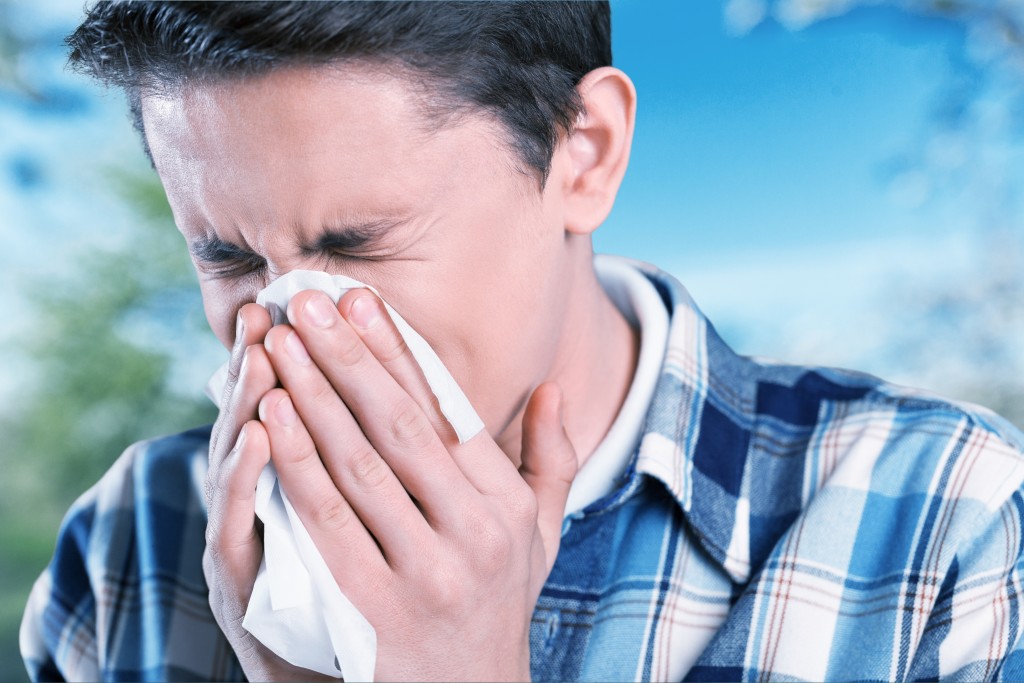Our bodies are usually known for adapting to different types of environments. Whether it’s under the sweltering heat of the sun, under freezing temperatures, or in humid environments near the equator, our bodies can survive extreme weather and environmental conditions for an extended period.
At the same time, our bodies can also learn to adapt to diseases. Since our immune system can learn from pathogens, the likelihood of diseases proliferating after the first instance has severely decreased since the immune system has already adapted to these pathogens. However, such common and diverse diseases can affect the body multiple times, such as the common cold. In fact, there are around 200 variants of the common cold, and there’s a good chance that we could get sick at least once a year.
A little cold wouldn’t hurt, right? Well, the common cold isn’t necessarily a “dangerous” disease since it’s so common that there are a variety of over-the-counter drugs that can counteract the symptoms of the common cold. Although the common cold is quite prevalent among adults, it’s even more common among children, especially those with immune system complications.
Is It Just the Cold?
Although the common cold might be an annoyance, it also shares some key characteristics with a more infectious and deadly disease that has caused a global health crisis. That said, many parents are wary that what might be just another common cold might be a symptom of a more sinister disease. But the good news here is that there are some key distinguishing features of the common cold.
When someone tells us that they might have a cold, we’re already aware of what they mean. However, we will still need to remember that our experiences with the cold can vary, and not everyone will have the same experience. This is especially true when it comes to children.
Some children have a cold but are still active and “healthy” even if they have mild symptoms. In other cases, some children might experience the following more severe symptoms:
- Runny Nose
- Ear Pain
- Sore throat
- Watery eyes that might appear red
- Body aches
- Acute fever
- Coughing
- An increase in nasal discharge
- Clogged nose and an inability to taste or smell due to an uptick in mucus

Should You Be Worried?
Well, if you’re quite certain that your child has a common cold, you don’t have to be worried. Although there are some similarities to the symptoms between the common cold and COVID-19, there are still many distinguishing factors that can help you determine whether it’s just a common cold or not.
There’s a good chance that you don’t have to bring your child to a medical professional for the common cold since the body will be able to handle it in months, but you might have to bring them to a pediatrician if you find they start:
- Feeling incredibly weak or tired
- They won’t drink fluids
- Breath noisily
- If the fever won’t improve over time
- The lymph nodes start to swell
- Coughing up a good amount of mucus
- Aching ears
Preventing the Common Cold
Although the common cold is known for being one of the more infectious diseases, there are various ways to decrease the likelihood of infection. Here’s what you’ll need to know.
Having a Secure Atmosphere
Balancing out humidity and moisture will play a key role in having a secure, safe, and comfortable home that’s free from airborne pathogens and viruses. Although the common cold is usually transmitted through contact, it can also spread through droplets in the air. In certain situations, humidity, moisture, and ventilation will play a key role in a safe environment.
In most cases, a home that doesn’t have a well-managed ventilation and insulation system is more vulnerable to airborne diseases. If you’re looking for ways of controlling and balancing out the moisture in your home, you might want to consider getting proper insulation on your walls and your roof from professional insulation contractors. This is a great way of stabilizing temperatures and reduce fluctuation, which might happen during summer and winter.
Practicing Better Etiquette
Another important preventive measure that parents should teach children is the etiquette when coughing. Contrary to what most people think, coughing on hands should be discouraged since this can only lead to contact with surfaces that other people might use. Instead, children should be taught to cough on the upper part of their elbows or use disposable tissue.
Children are more susceptible to diseases since they still have a developing immune system. Although their immune system might still need time to adapt to the environment, it’s still important that parents exercise a great deal of caution by preventing these diseases. Remember: it’s better to prevent something from happening than having to buy medications.

